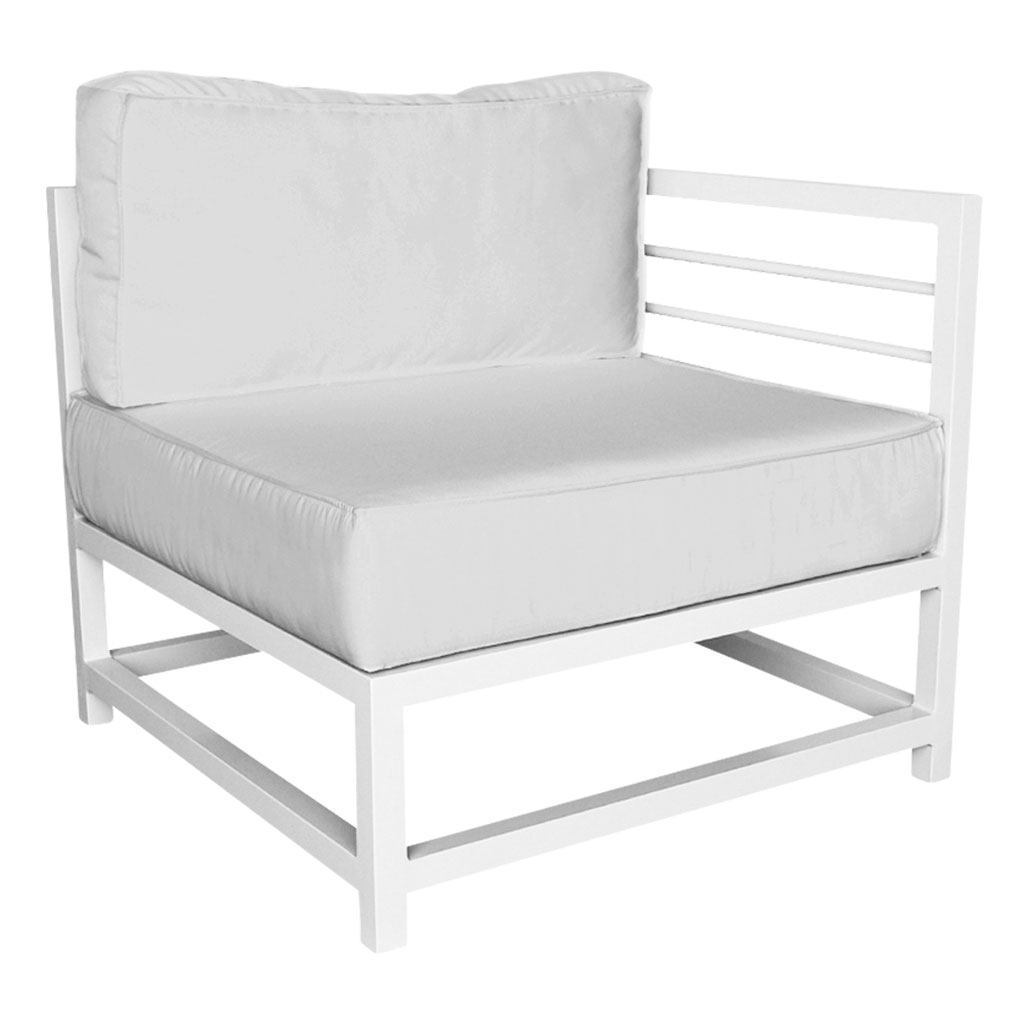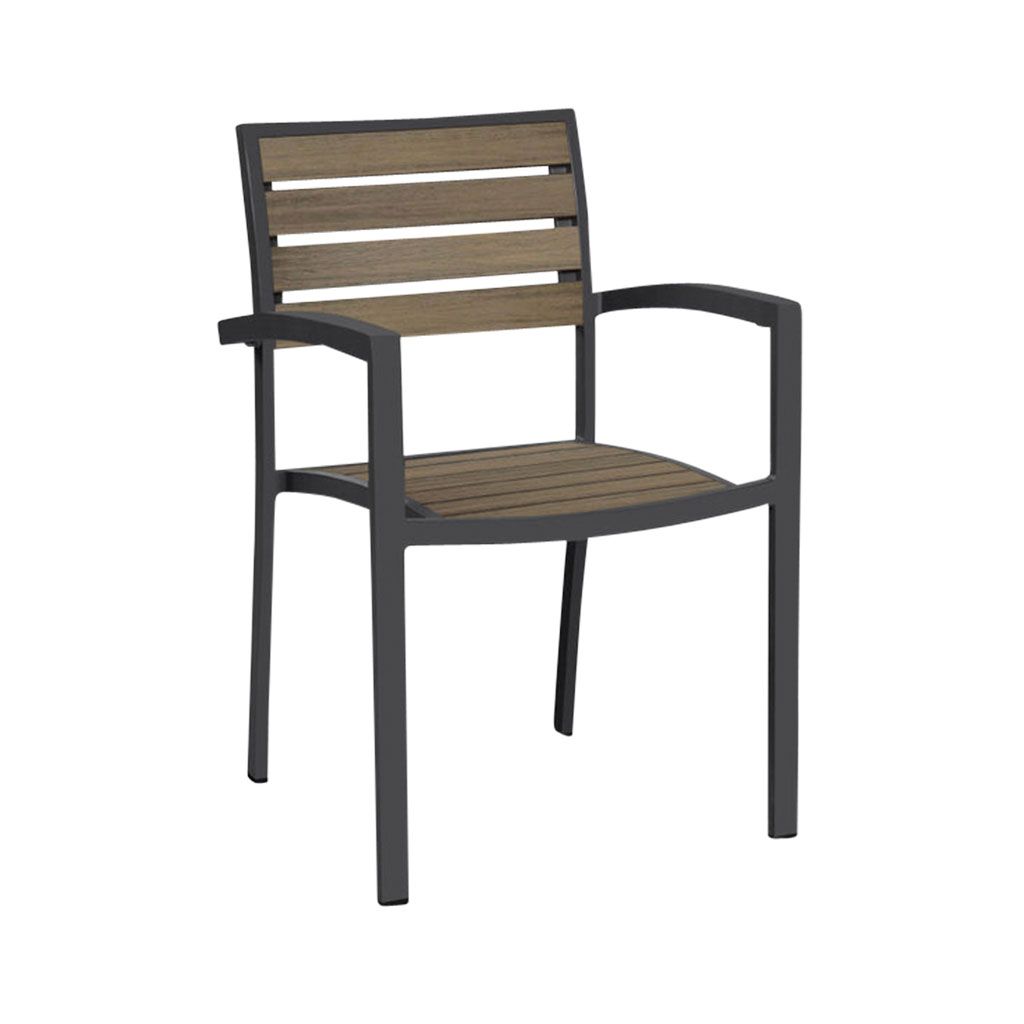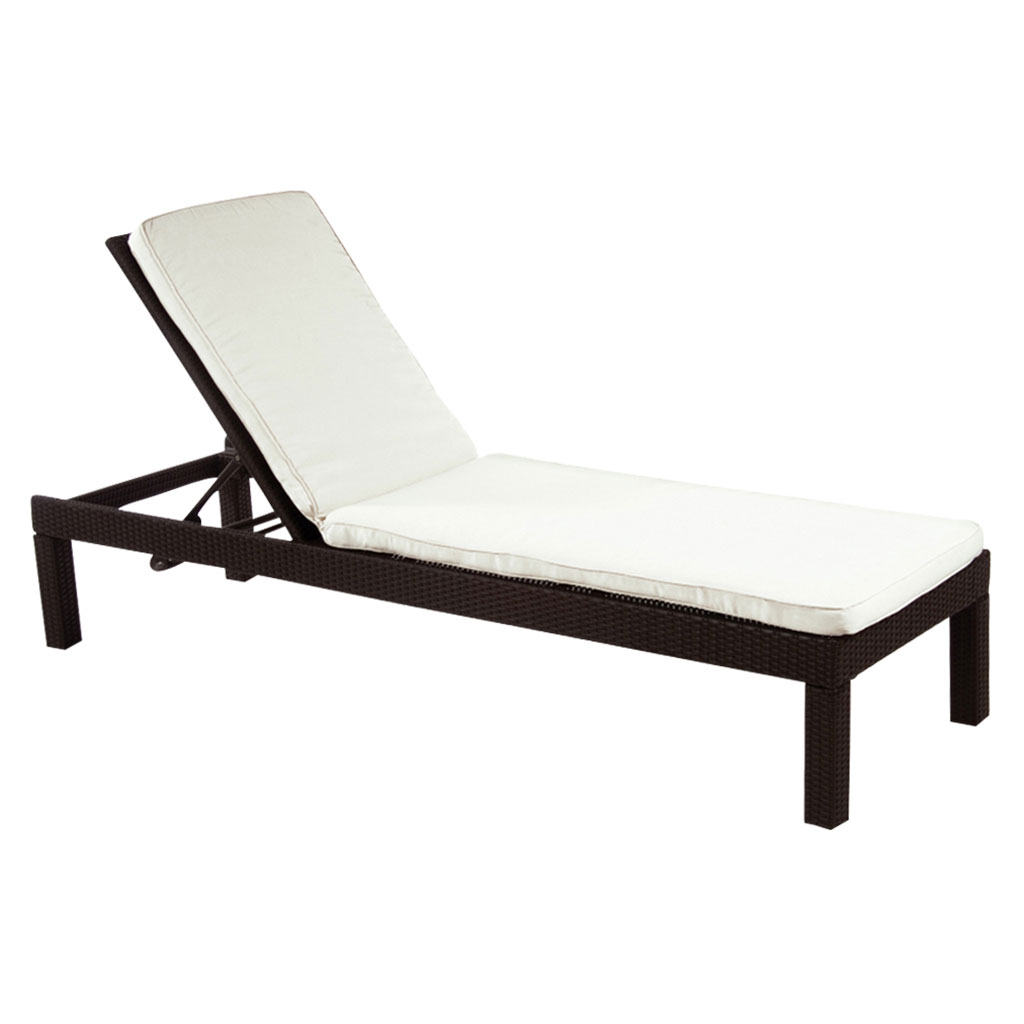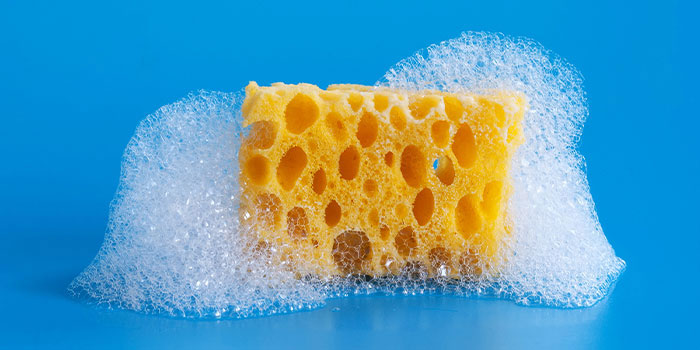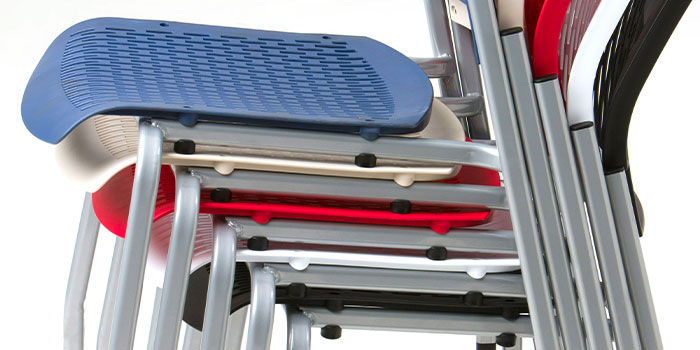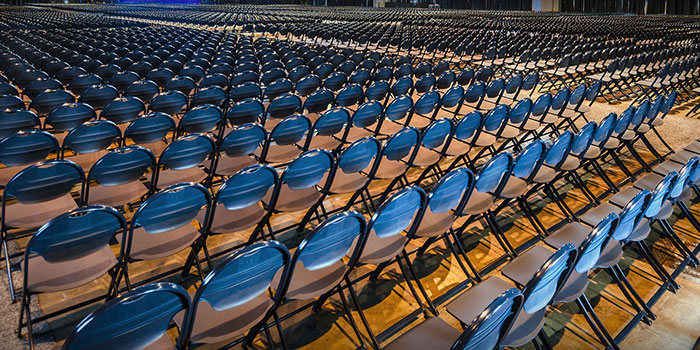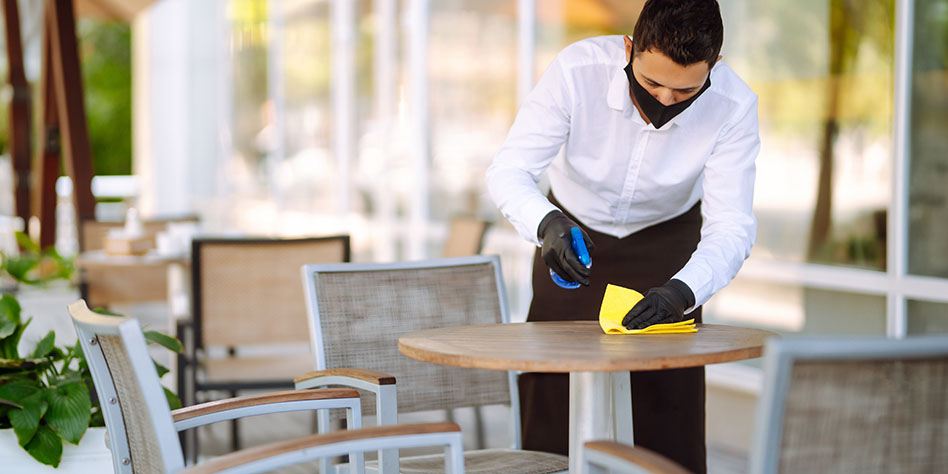
As winter approaches and pools, cafés, and outdoor entertainment areas are closing for the season, it’s a good time to take inventory of outdoor furniture. In climates with heavy snowfall, all outdoor furniture should be stored indoors during winter to prolong the life of the furniture. Snow and ice can permanently damage most outdoor furniture. In milder climates, furniture can be simply cleaned and covered for the winter season.
When to Clean Outdoor Furniture
Before storing outdoor furniture, it’s important to clean it properly and make any needed repairs, as this can extend the life of the furniture. Outdoor furniture can get extremely dirty after being exposed to a summertime cocktail of rain, dust, wind, and heat all season. Dirt that’s left on cushions can permanently stain fabrics or cause sagging in mesh fabrics. Mud that’s left on furniture frames can lead to rust and deterioration.
Sometimes, a careful inspection of the furniture shows that it’s time to order new furniture for next year. But more often than not, a good cleaning is all it takes to refresh these pieces. Cleaning outdoor furniture incorrectly can damage finishes and fabrics, so it’s important to clean furniture carefully. Just because a chair is rated for the outdoors doesn’t mean it can be sprayed with a pressure washer, for instance. Some types of outdoor furniture (such as real teak chairs) can be damaged by high-pressure water spray.
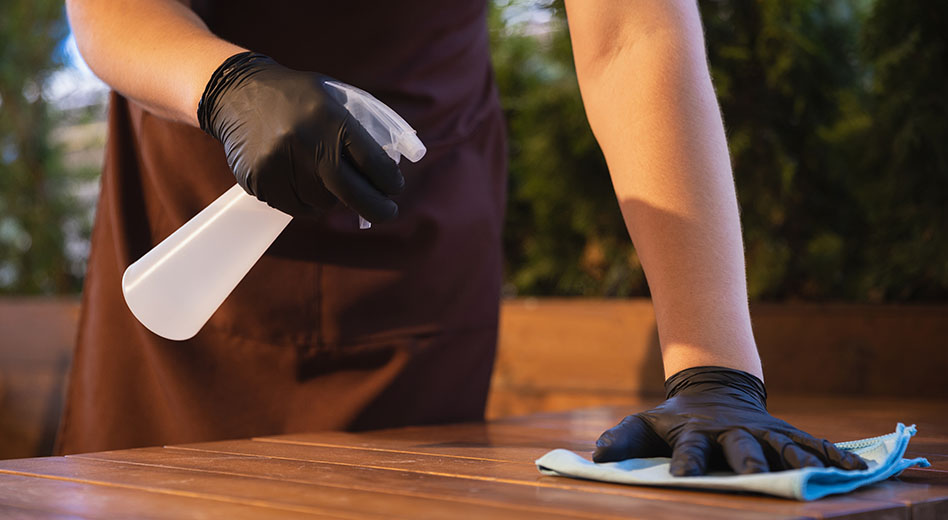
How to Clean Café, Pool, & Patio Furniture
The best way to clean outdoor furniture depends on the type of furniture you’re cleaning and the materials they’re made with. MityLite Vita Outdoor furniture is made with one or more of the following materials: powder coated metal, faux (all-weather) wicker, faux wood, and Sunbrella® Outdoor Fabrics.
How to Clean Metal Outdoor Furniture
Some of the easiest types of chairs and tables to clean are those with frames made of powder coated metal or faux wood (PVC). These materials hold up well in most weather and are less prone to damage during cleaning than more delicate materials.
6 Steps to Cleaning Metal Outdoor Furniture
- Take off cushions on metal chairs, chaise lounges, or couches. Remove cushion covers. Wash by hand or in a commercial washer on cold. Do not put cushions in dryer. Hang to dry.
- Begin by spraying off metal outdoor furniture with a hose, using a spray nozzle set on medium to low pressure. If your metal furniture is not powder coated, it will need to be meticulously wiped down afterwards to avoid rust.
- After spraying the furniture down with water, clean any remaining soiled areas with a sponge dipped in a mild soap solution of 3 tablespoons of hand dish soap to 1 gallon of warm water.
- Rinse with clean water.
- Dry with towels, paying particular attention to welded joints where water could collect.
- Metal surfaces need extra care to prevent rust, particularly if your property is located near the ocean. To protect metal from UV rays and salt air, finish with a coat of clear automobile wax.
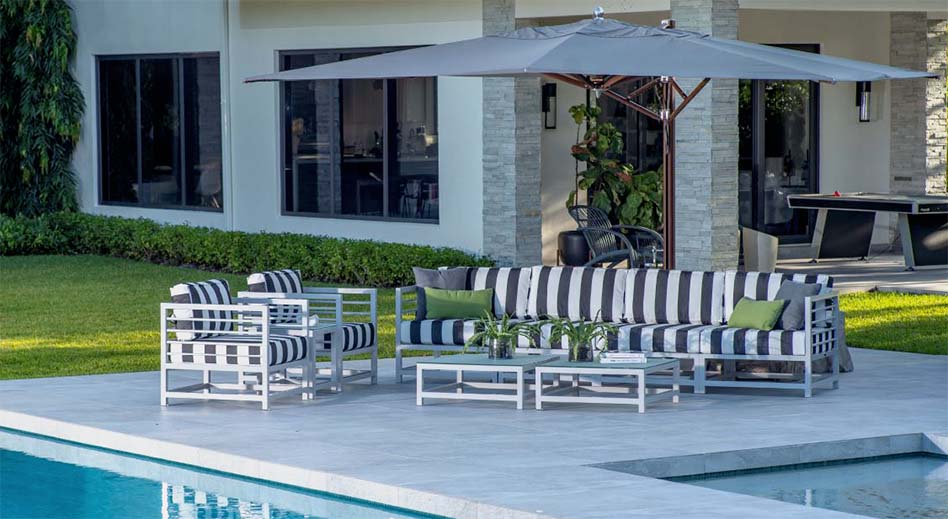
How to Clean Faux Wood Furniture
Many commercial outdoor furniture is made with a powder coated metal frame and faux wood surfaces. The faux wood can be either made of painted metal or recycled plastics and wood shavings. Either way, you can clean these surfaces with mild soap and water.
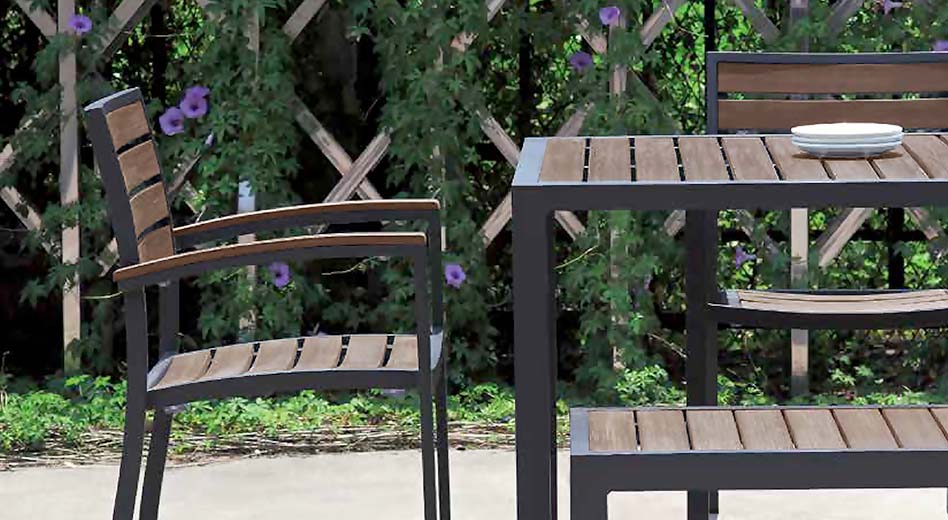
5 Steps to Cleaning Faux Wood Outdoor Furniture
- Take off any cushions (since these will need to be cleaned separately).
- Using a soft bristle brush, wipe off any visible dirt, cobwebs, or other debris.
- Spray the faux wood furniture with a hose, using low to medium pressure with a spray nozzle hose attachment.
- If your furniture shows water marks (such as high gloss surfaces), you’ll need to wipe down surfaces with a towel.
- Take off the cushion covers and wash them by hand or in a washing machine on a cold-water setting. Hang cushion covers to dry (do not put outdoor cushions in a dryer).
How to Clean Faux Wicker Outdoor Furniture
All-weather wicker is made with woven strips of PVC plastic over a metal frame. This type of wicker material is extremely water resistant. You’ll need to make sure that the metal frame (usually visible on the underside of the furniture) is dried down after cleaning to prevent rust.

5 Steps to Cleaning Faux Wicker Outdoor Furniture
- Remove cushions and take off cushion covers. Wash Sunbrella® cushion covers by hand or in a commercial washing machine on cold. Do not dry in the dryer, as this will ruin the water-resistant treatment and could melt the fabric. Hang to dry.
- Dip a sponge in a bucket of water with a small amount of mild liquid detergent. Wash surfaces well, paying particular attention to cracks.
- Rinse thoroughly. You can use a hose on low pressure but do not use a pressure washer, as it could damage the wicker.
- Dry surfaces carefully. When cushion covers are dry, replace them and put the cushions back on the furniture.
Metal surfaces need extra care to prevent rust, particularly if your property is located near the ocean. To protect metal from UV rays and salt air, finish with a coat of clear automobile wax.
Special Cleaning Considerations
Removing Mold & Mildew Damage
If there is mold, mildew, or heavy discoloration on your metal outdoor furniture, use a spray bottle of specialized outdoor furniture cleaner such as Star Brite® Outdoor Collection Mildew Stain Remover. Alternatively, you can add 1 cup of bleach to a cleaning solution of 1 gallon water and 3 tablespoons of dish soap. Spray one of these cleaning mixtures onto the discolored surfaces and allow it to sit for 2-3 minutes. Then, dip a soft sponge in warm water and rub the discolored area. Spray off with water for several minutes to remove any cleaning residue that could harm the furniture long-term.
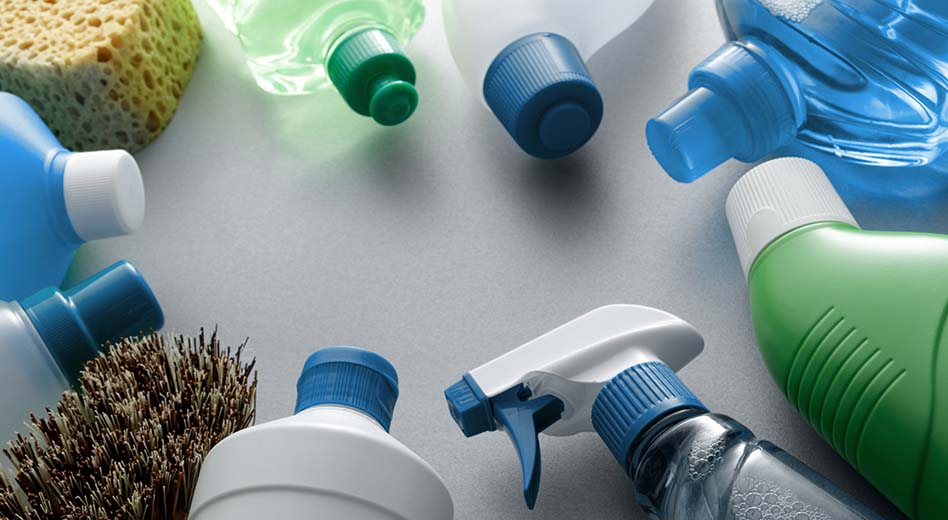
Cleaning Fabric Cushions & Mesh Seats & Backrests
If your metal furniture has mesh fabric seats or backrests, use an outdoor fabric protection treatment at the beginning and end of the season. This helps protect your fabric from salt air, mildew, and air pollution. We recommend Sunbrella® Restore™ Fabric Protector & Repellent, which is made by the same company that creates our outdoor fabrics.
The Final Take
Cleaning outdoor furniture the wrong way can damage it—but leaving it dirty can also shorten the lifespan of your furniture. The bottom line is to be careful with outdoor fabrics and frame finishes and never use high-pressure washes on outdoor furniture. Sometimes, garden hose spray nozzles that are set to low or medium pressure are okay. Outdoor cushions should never be placed in a dryer, as it will ruin them. By following these cleaning instructions, commercial establishments can ensure that their outdoor furniture remains in top condition for years to come.
